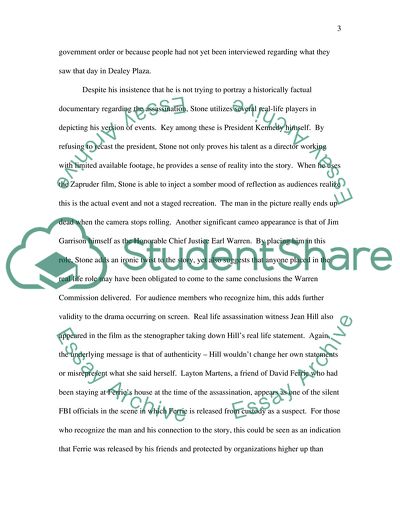Cite this document
(Evoking Emotion in Film Coursework Example | Topics and Well Written Essays - 2000 words, n.d.)
Evoking Emotion in Film Coursework Example | Topics and Well Written Essays - 2000 words. https://studentshare.org/visual-arts-film-studies/1715463-what-techniques-do-filmmakers-use-to-communicate-meaning-and-how-do-they-use-these-techniques-to-connect-emotionally-with-viewers
Evoking Emotion in Film Coursework Example | Topics and Well Written Essays - 2000 words. https://studentshare.org/visual-arts-film-studies/1715463-what-techniques-do-filmmakers-use-to-communicate-meaning-and-how-do-they-use-these-techniques-to-connect-emotionally-with-viewers
(Evoking Emotion in Film Coursework Example | Topics and Well Written Essays - 2000 Words)
Evoking Emotion in Film Coursework Example | Topics and Well Written Essays - 2000 Words. https://studentshare.org/visual-arts-film-studies/1715463-what-techniques-do-filmmakers-use-to-communicate-meaning-and-how-do-they-use-these-techniques-to-connect-emotionally-with-viewers.
Evoking Emotion in Film Coursework Example | Topics and Well Written Essays - 2000 Words. https://studentshare.org/visual-arts-film-studies/1715463-what-techniques-do-filmmakers-use-to-communicate-meaning-and-how-do-they-use-these-techniques-to-connect-emotionally-with-viewers.
“Evoking Emotion in Film Coursework Example | Topics and Well Written Essays - 2000 Words”. https://studentshare.org/visual-arts-film-studies/1715463-what-techniques-do-filmmakers-use-to-communicate-meaning-and-how-do-they-use-these-techniques-to-connect-emotionally-with-viewers.


